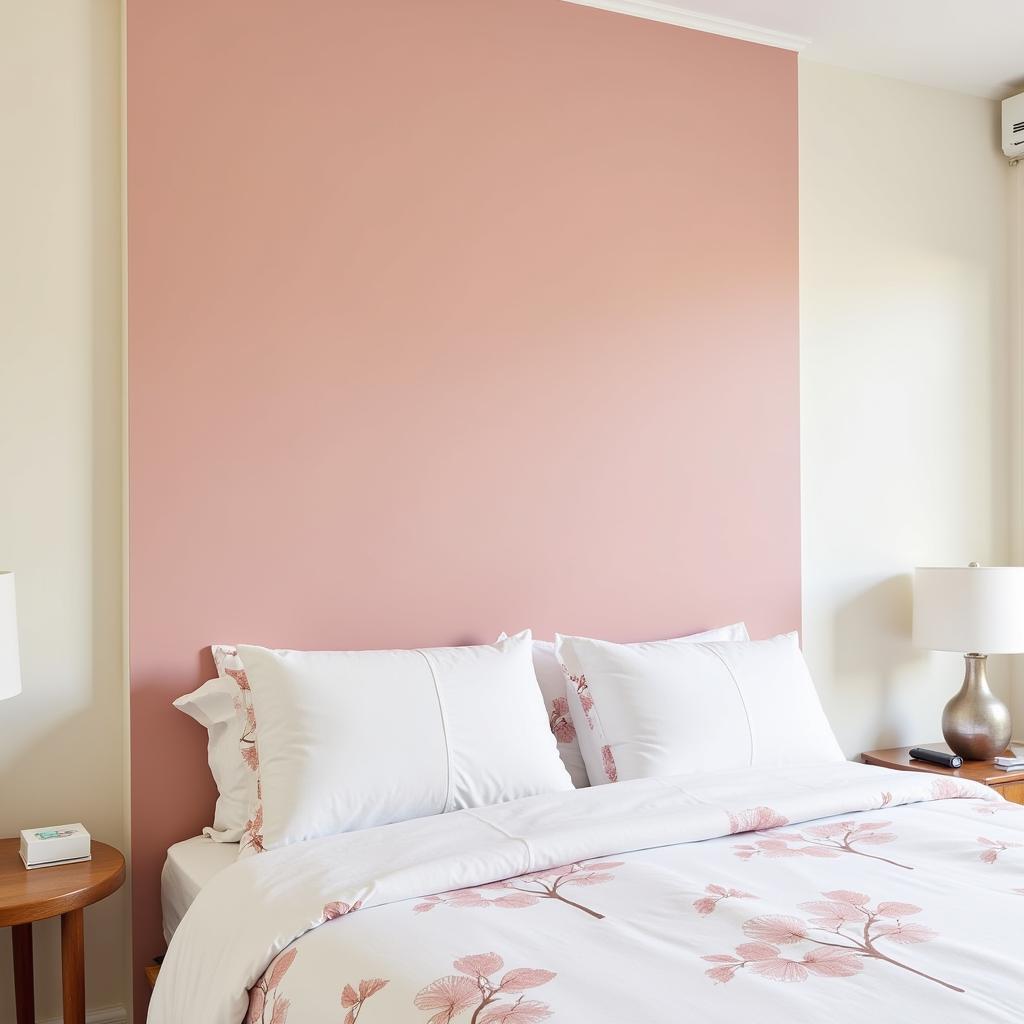Seeing the world through rose-colored glasses implies viewing life with optimism and a positive outlook, often overlooking or minimizing the negative aspects. This perception, influenced by emotions and personal experiences, shapes how we interact with our surroundings and the choices we make. But what does it truly mean to perceive the world this way, and how does this rosy hue influence our lives, choices, and even our homes?
Let’s delve into the fascinating concept of rose-tinted perception, exploring its psychological underpinnings and its impact on our lives. We’ll discuss how this optimistic outlook translates into design choices, particularly in home decor, where color plays a crucial role in setting the mood and ambiance. Want to learn more about the effect of colors on your style? Check out what colors should redheads wear.
The Psychology of Rose-Tinted Glasses
The “rose-colored glasses” metaphor represents a cognitive bias known as optimism bias. This bias leads individuals to believe they are less likely to experience negative events than others. While optimism can be a powerful motivator and contribute to overall well-being, an overly rosy outlook can sometimes lead to unrealistic expectations and poor decision-making.
The Benefits and Drawbacks of Optimism
Optimism, in moderation, can be a significant asset. It fosters resilience, reduces stress, and promotes a proactive approach to challenges. However, excessive optimism can blind us to potential risks and consequences, leading to disappointment and even harm. Finding a balance between realistic assessment and a hopeful perspective is key.
Rose-Tinted Design: Creating a Positive Space
The concept of rose-colored glasses extends beyond personal outlook and influences design aesthetics, particularly in interior design. Creating a space that evokes positivity and well-being involves careful consideration of color palettes, lighting, and the overall atmosphere.
Incorporating Rosy Hues into Your Home
While literal rose or pink tones can create a romantic and cheerful atmosphere, the “rose-colored glasses” effect in design encompasses a broader range of warm and inviting hues. These might include soft yellows, peachy oranges, and calming lavender shades. These colors evoke feelings of comfort, joy, and tranquility.
 Rose Colored Room Decor Ideas
Rose Colored Room Decor Ideas
Beyond the Literal: Creating a Positive Atmosphere
Creating a “rose-colored” environment goes beyond simply choosing rosy hues. It’s about fostering a sense of warmth, comfort, and security. Natural light, comfortable textures, and personal touches all contribute to a positive and uplifting space. Are you curious about how color affects men’s perception? Learn more by reading do men show their true colors after 3 months.
How Does Color Affect Mood?
Color psychology plays a significant role in how we perceive and experience our surroundings. Different colors evoke various emotions and associations, impacting our mood and behavior. Warm colors like red, orange, and yellow are often associated with energy, excitement, and enthusiasm. Cooler colors such as blue, green, and purple tend to evoke feelings of calmness, tranquility, and serenity.
The Power of Pink
Pink, often associated with femininity and romance, also has a calming and nurturing effect. It can reduce feelings of anger and aggression, promoting a sense of peace and tranquility.
 Pink Accent Wall in a Serene Bedroom
Pink Accent Wall in a Serene Bedroom
Seeing the World Through Your Own Lens: Finding Balance
Ultimately, “seeing the world through rose-colored glasses” is about finding a healthy balance between optimism and realism. While a positive outlook can enhance our lives, it’s essential to maintain a grounded perspective. This balance allows us to appreciate the good while acknowledging and addressing the challenges that life inevitably presents. Ever wondered why a certain celebrity prefers rose-colored glasses? You might find the answer here: why does simon cowell wear rose colored glasses.
Conclusion
The idea of “a world through rose-colored glasses” represents a powerful concept that influences not only our personal outlook but also how we design and interact with our surroundings. By understanding the nuances of optimism and the impact of color, we can create spaces that foster positivity, well-being, and a balanced perspective on life. If you’re interested in expanding your color vocabulary, you might want to check out how do you say the color pink in spanish.
FAQ
- What does it mean to see the world through rose-colored glasses?
- Is it always good to be optimistic?
- How can I incorporate rose-colored design principles into my home?
- What are the psychological effects of different colors?
- How can I find a balance between optimism and realism?
- What are some examples of rose-colored design elements?
- How does color influence mood and behavior?
Need more assistance? Contact us at Phone Number: 0373298888, Email: SEO.backlink@gmail.com or visit our address: 86 Cau Giay, Hanoi. We have a 24/7 customer support team.

